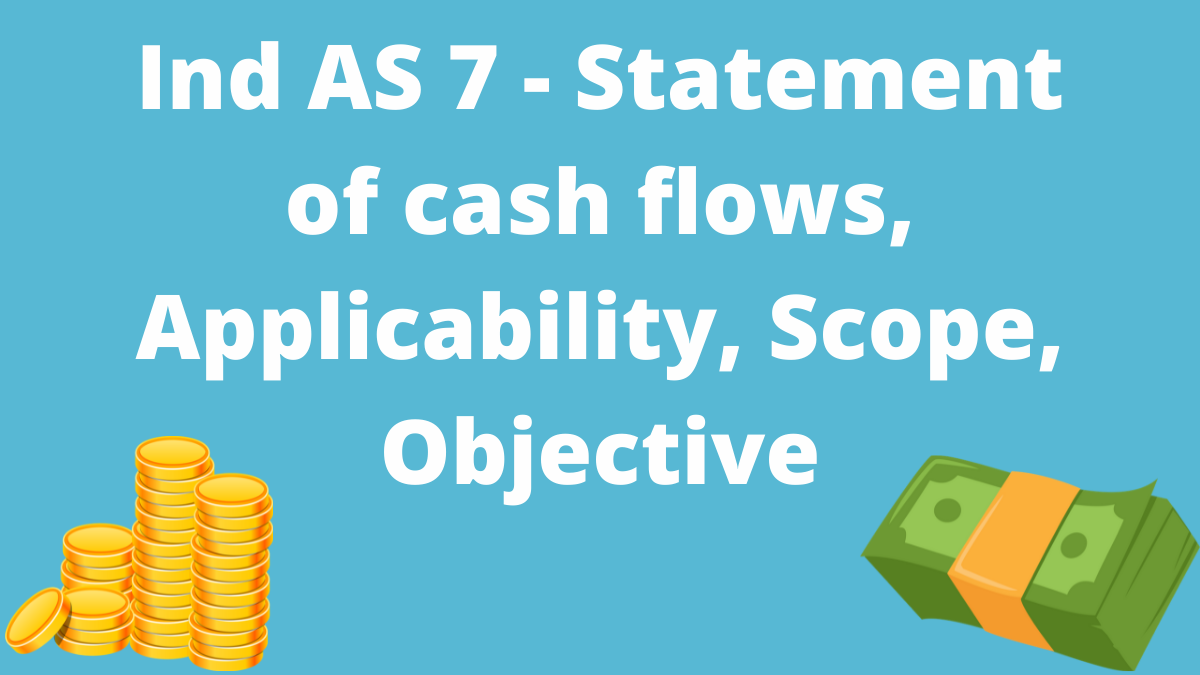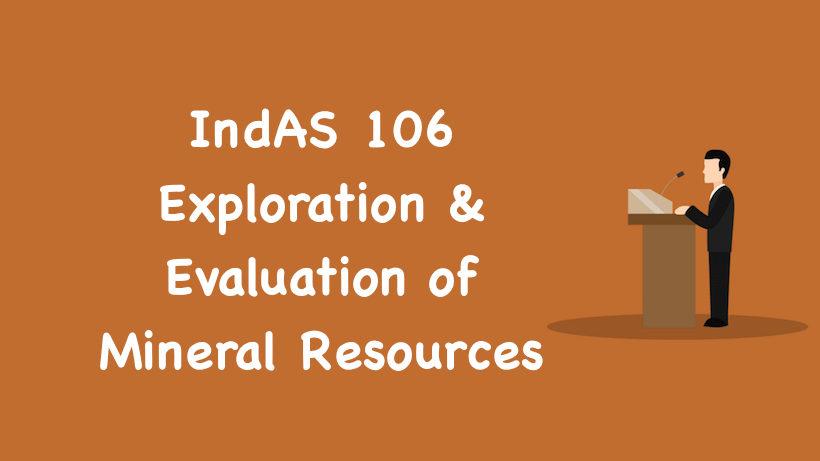Ind AS 33, Earnings per Share, Difference Between AS 20 and Ind AS 33
Ind AS 33, Earnings per Share: The objective of Ind AS 33 is to prescribe principles for the determination and presentation of earnings per share, so as to improve performance comparisons between different entities in the same reporting period and between different reporting periods for the same entity. The focus of this Standard is on the … Read more










